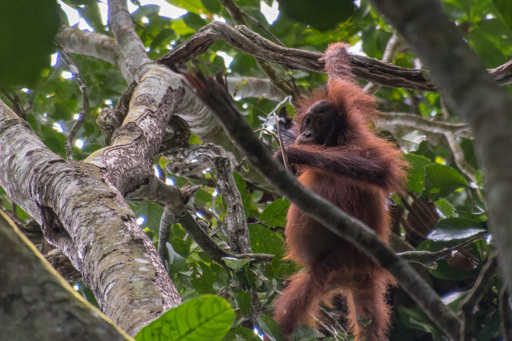Malaysia’s Kinabatangan floodplain, home to orangutans, pygmy elephants and proboscis monkeys, has officially joined UNESCO’s global network of biosphere reserves, protected areas of high biological and cultural diversity. Covering 413,866 hectares (1.02 million acres) of forests, wetlands, and villages in eastern Sabah, the newly declared Kinabatangan Biosphere Reserve (KBR) connects the Heart of Borneo, a transboundary rainforest conservation area, with the Lower Kinabatangan–Segama Wetlands. The latter is itself a Ramsar site, or a wetland of global importance, and connects to the new reserve’s diverse wetland ecosystem, together forming one of Southeast Asia’s last remaining lowland forest corridors that ensures ecological connectivity between inland forests and the coast. UNESCO made the announcement on Sept. 27, following the 5th World Congress of Biosphere Reserves in China.Under UNESCO’s Man and the Biosphere (MAB) Programme, the site joins more than 700 biosphere reserves worldwide intended as “living laboratories” where biodiversity protection coexists with sustainable livelihoods. The designation followed years of consultation among government agencies, researchers and local communities, led by the Sabah Biodiversity Centre (SaBC) and endorsed by the Malaysian National Commission for UNESCO (MNCU). Officials say they hope it will strengthen coordination between conservation, agriculture and tourism actors in one of Malaysia’s most intensively used landscapes. But while the UNESCO listing brings international prestige, Kinabatangan’s past and present reveal a landscape heavily fragmented by plantations and uneven land governance. Conservationists warn that unless long-standing structural issues are addressed, the new status may fall short of its promise. An isolated fragment of forest sites…This article was originally published on Mongabay
From Conservation news via this RSS feed


